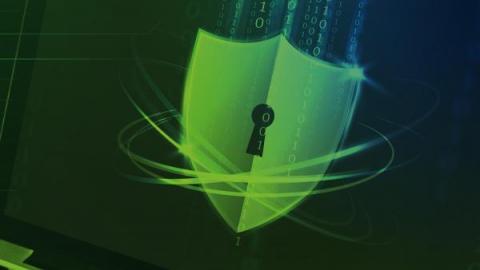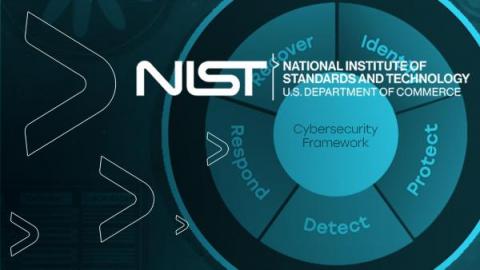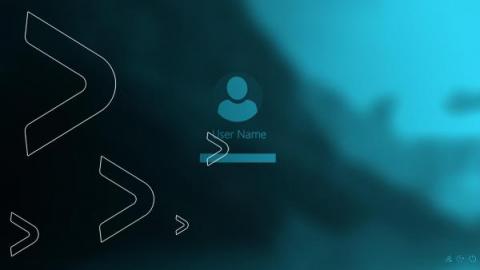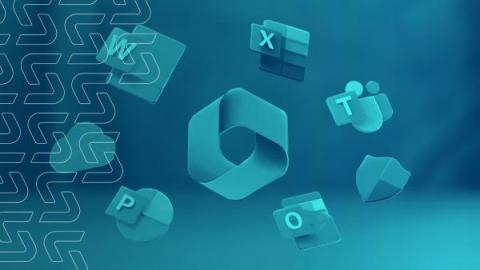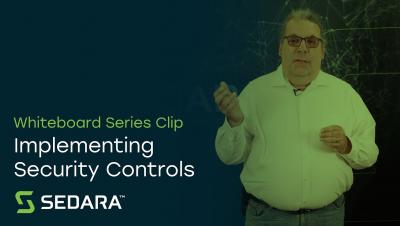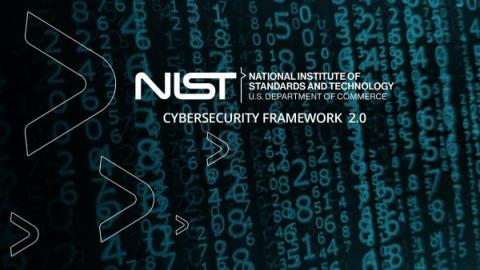A Red Team's Perspective: How to Scope a Penetration Test
Penetration testing is a crucial part of a comprehensive cybersecurity plan. By simulating a real-world attack, a penetration test can help identify vulnerabilities and weaknesses across systems, networks, and applications before a malicious actor can exploit them. To get off on the right foot with a penetration test and get an accurate timeline and budget for the test, it’s important to have a proper scope. Learn how to scope a penetration test from the perspective of the Sedara Red Team.




